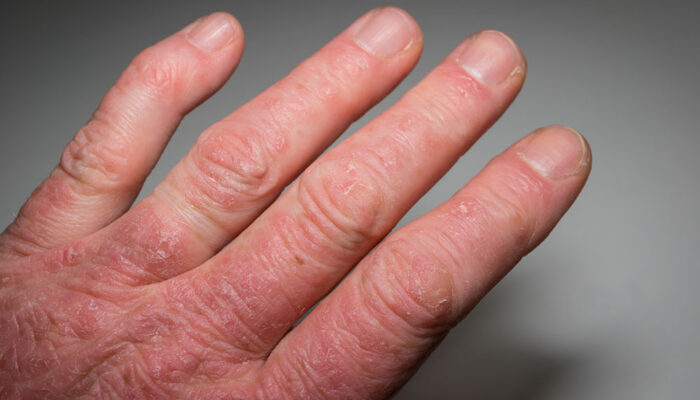
5 Indicators of Deep Vein Thrombosis
Blood clots can be both positive and negative. When you sustain a wound, a clot can prevent you from losing a lot of blood. However, even without any wound, blood clots can form in the deep portions of the veins, resulting in deep vein thrombosis (DVT). A clot that is unnecessary could eventually lead to pulmonary embolism, wherein the major organs are deprived of oxygen. Here are five tell-tale symptoms of DVT that you should know about:
1. Swelling in the limb
While swelling can generally be attributed to any other health condition, the pain resulting from DVT is accompanied by painful discomfort. Pain from the blood clot(s) often leads to cramps and even muscle strain. In many cases, it also impairs free movement. The skin around the feet and ankles (largely the lower part of the legs) may turn tender or pale.
2. Chest pain
A dislodged clot can lead to pulmonary embolism. Heart attack and pulmonary embolism (PE) share many symptoms. One way to identify the difference between the two is to understand the nature of the pain. With PE, the pain is sharp and intense when you take a deep breath; it worsens with every breath you take. On the contrary, with heart attack, the pain radiates from the shoulders, neck, jaw, and surrounding areas.
3. Difficulty breathing
When a blood clot travels to your lungs, it may make it hard for you to breathe. Shortness of breath and an increased heart rate are some of the common indicators of clots being present in the lungs.
4. Unusual skin color
The skin in the affected area(s) may turn pale pink or red. More often than not, you may also notice black patches. When touched, these patches may feel sensitive, and the pain may increase too. In addition, the temperature around the affected areas may be slightly on the higher side.
5. Lightheadedness
A growing clot may slow down or obstruct blood flow, which can, in turn, make you feel lightheaded. Dizziness and fainting, too, are commonly associated with this condition.
To summarize, DVT can happen to anyone and at any time (although it is quite rare in children). While it largely affects the lower part of the legs, it can occur anywhere else too. It is important that the symptoms are identified at the earliest, and a proper course of treatment is charted out; the situation should be reversed as early as possible. The risk triples if you are diabetic or have kidney-related problems.



